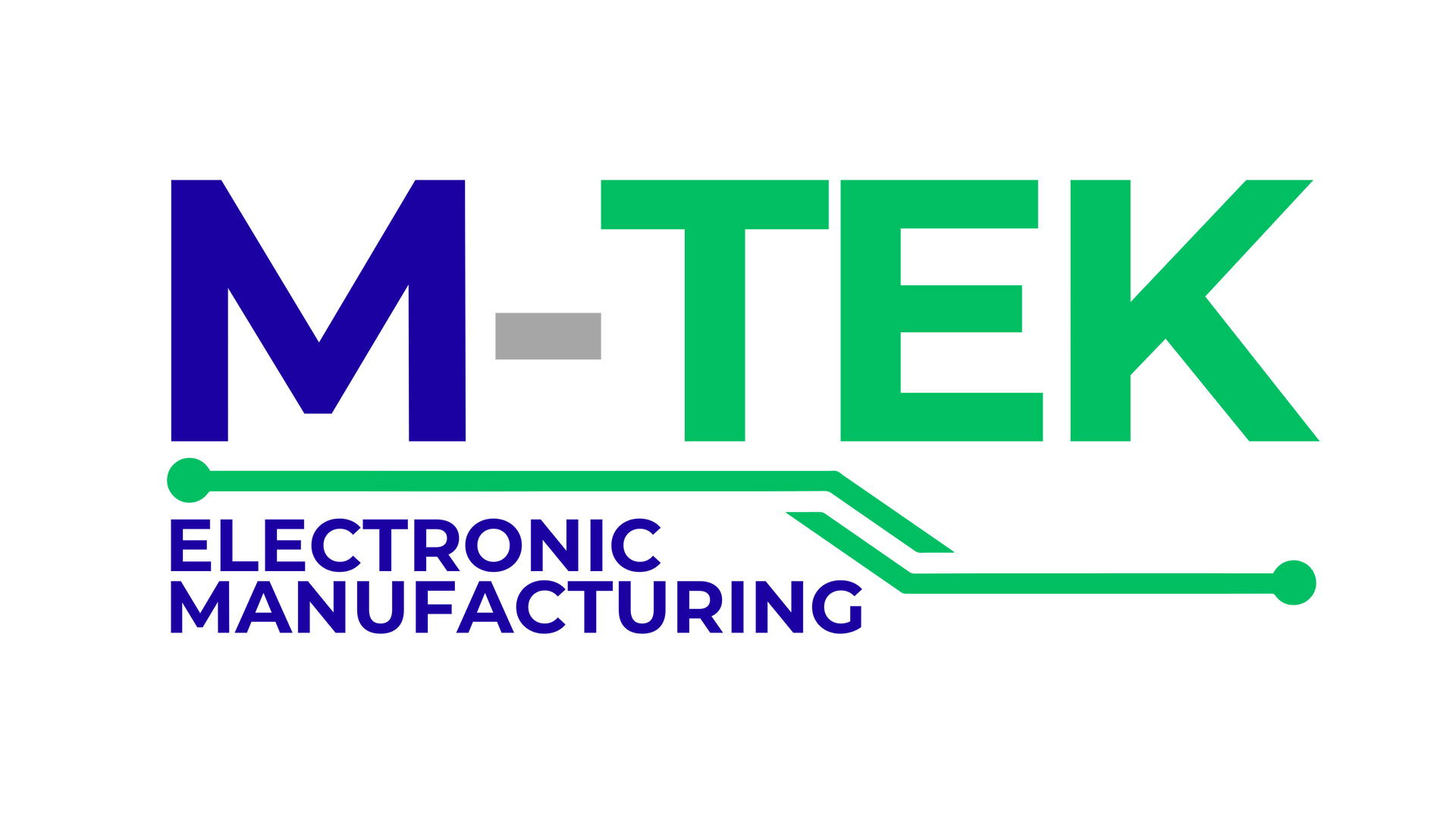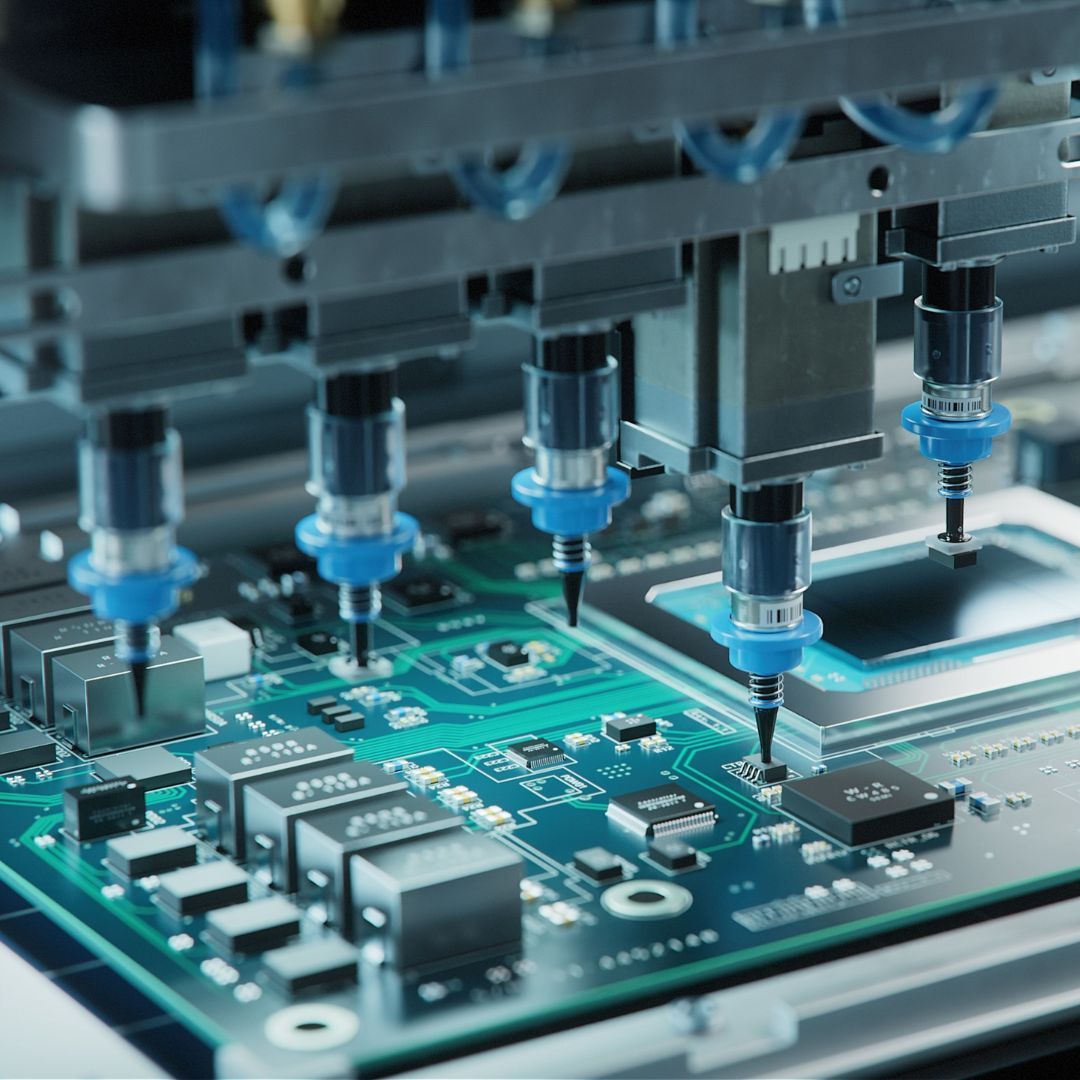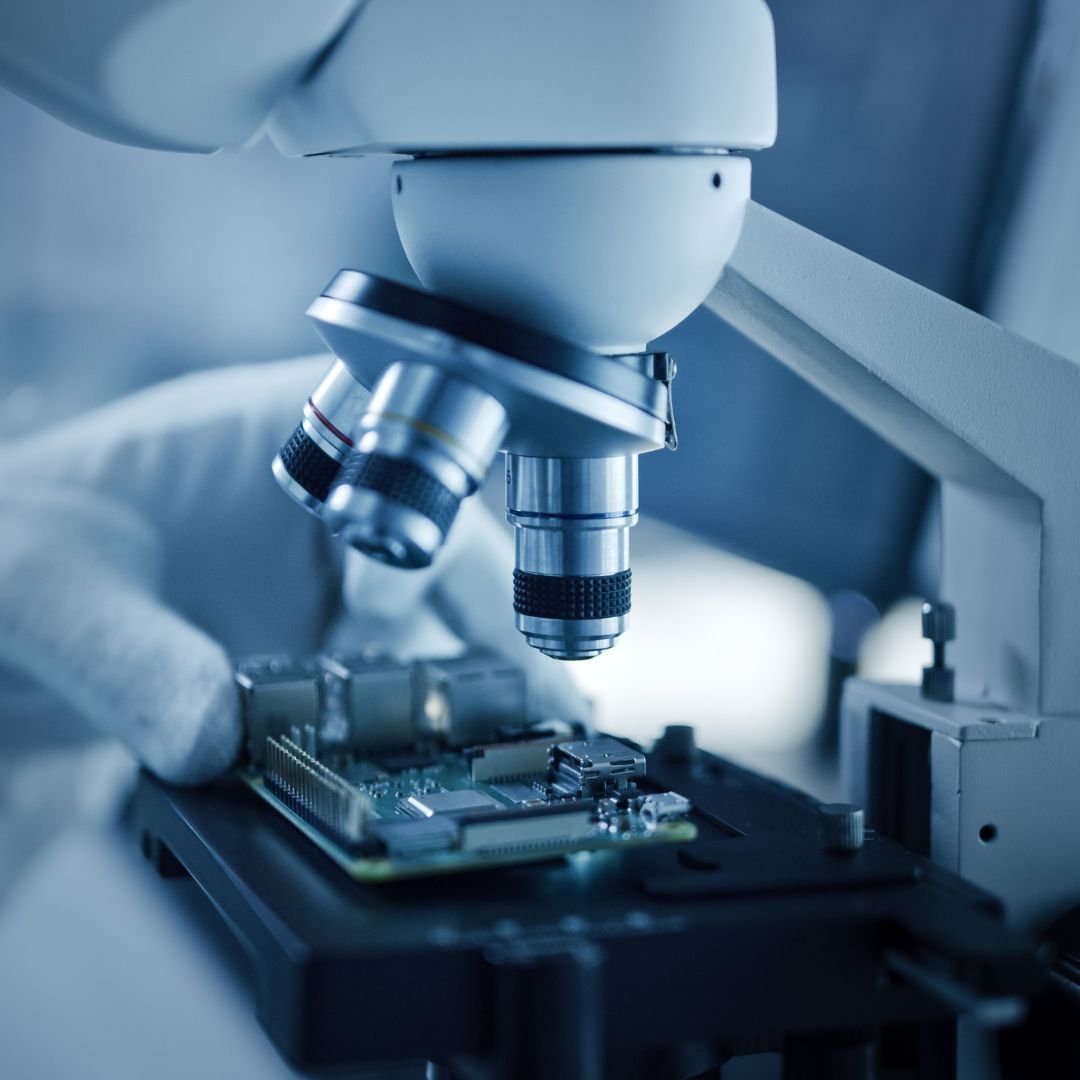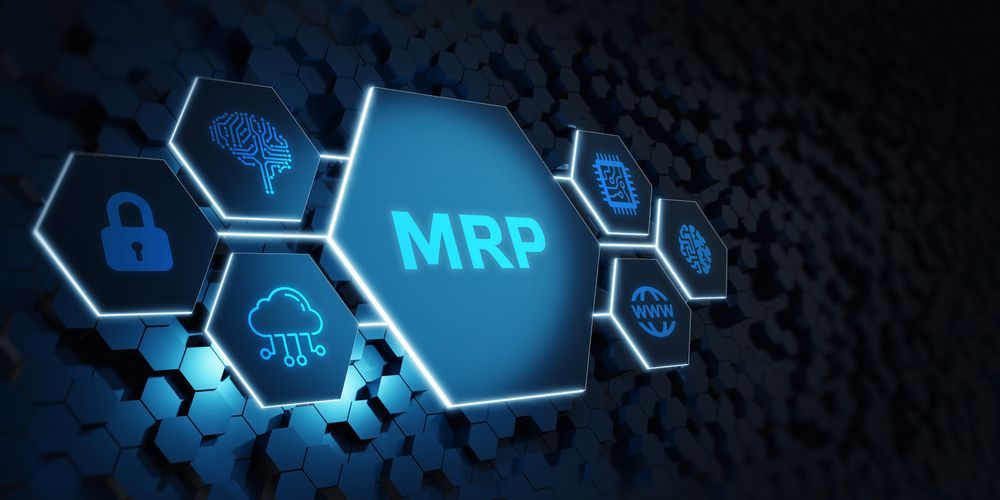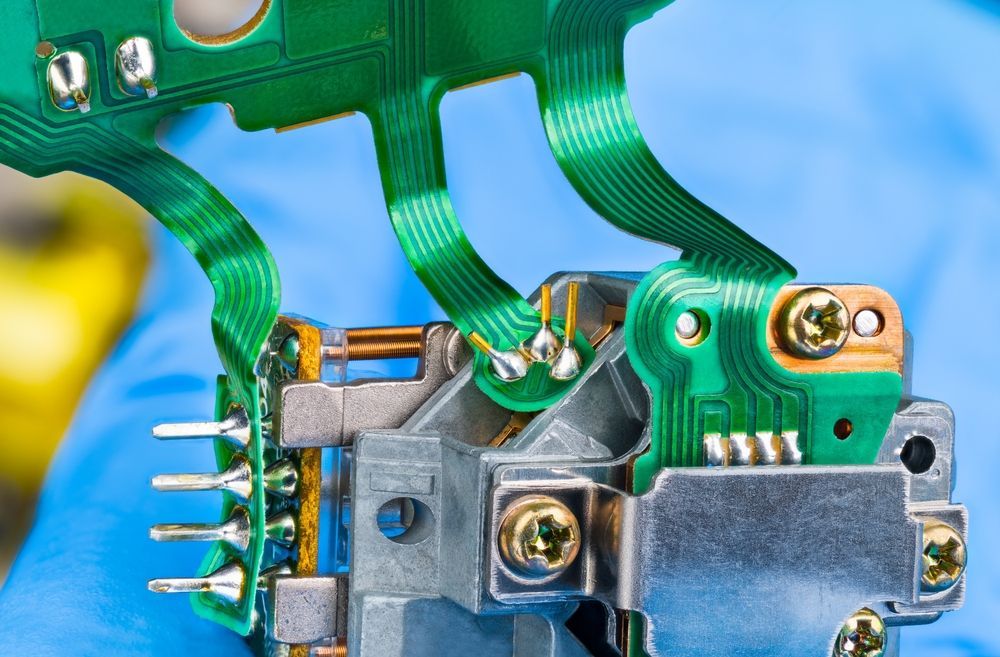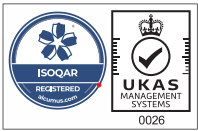What are the Advantages of Automated PCB Assembly?
Printed circuit boards (PCBs) are commonly used in numerous electronics, and most electronics would be impossible to build without them. Because of automation and machines, printed circuit boards are now much easier to mass produce and assemble as technology advances. Circuit boards were traditionally hand-assembled, which contributed to slower production and less consistency in quality. Automated PCB assembly has numerous advantages for businesses and industries. Listed below are just some of the many benefits of PCB assembly.
Lower Cost Overall with PCB Assembly
You can expect lower overall costs if you use automated PCB assembly. Many SMT assemblers use proprietary software to digitally assemble the circuit board before production. This is done to reduce the possibility of errors and slowdowns. During this process, PCB developers can correct any design flaws, which eliminates potential issues when production begins. Project delays can be caused by errors such as omitted polarity marks and incorrect footprints. Because of the use of the automated assembly, fewer employees are required for the task. This can result in financial savings for the assembler, lowering the cost of PCB production.
Human Error is Reduced
The process of PCB assembly is delicate and frequently difficult. Circuit board assembly necessitates meticulous attention to detail. As circuit boards and components become smaller, all parts must be soldered properly to prevent errors. While mistakes can occur, machines intended for repetitive and sensitive tasks are much less likely to make errors than an employee. In these situations, automation systems can accomplish more in less time while remaining accurate. Finally, machines utilised in situations requiring extreme accuracy can reduce the margin of error.
Product Development Cycle Has Been Reduced
The time spent on hand assembly varies depending on the circuit board, resulting in inconsistent completion times. Hand-assembled PCBs can take longer to complete, which can be counterproductive if you have other operations that can be completed concurrently. Using an automated PCB assembly service ensures that your boards are delivered in high-quality conditions while allowing you to complete numerous stages concurrently. As a result, you will save both time and money.
Consistent quality
Because an automated machine is designed and programmed to perform a certain task repeatedly, circuit board accuracy and quality can be consistently better than hand assembly. When you work with an assembly service, you can expect consistent quality because automation allows you to preserve the likeliness of each board produced.
Capable of Mass Production
Assembly automation can reduce the cost and time of producing PCB, allowing for larger volume production. When it comes to mass production of PCBs, automated services are far more effective than hand assembly in terms of delivering timely and consistent boards while remaining cost-effective.
You will also be helping to save the environment by choosing M-Tek Assembly Ltd for your
PCB assembly. We have achieved a net-zero carbon footprint by using electric vehicles, and for every circuit board we build, we plant a tree! Contact one of our SMT and PCB assembly experts today for assistance. Call us at 01189 455377 or follow us on
Twitter to stay up to date on our services.
